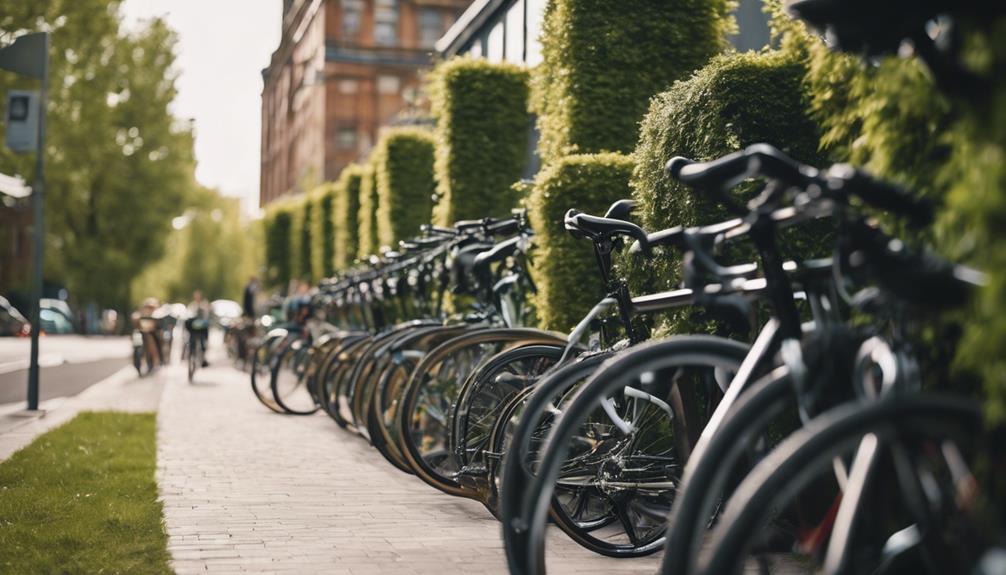Bicycles are intricate machines that require a solid understanding of their components for optimal performance. One of the key elements is the bicycle pedal, and among these, certain pedals are designed with reverse threading. This blog post will explain what reverse-threaded pedals are, how to identify them, and their significance in cycling. By the end of this article, you’ll be equipped with the knowledge you need about which bicycle pedal is reverse threaded and why it matters.
What Are Bicycle Pedals?
Bicycle pedals are the components that allow the cyclist to transfer power from their legs to the bike’s drivetrain. They come in various designs, including platform pedals, clipless pedals, and toe clips. Each type serves a purpose, but understanding the threading of pedals is crucial for installation and maintenance. The threading refers to the spiral ridges on the pedal spindle that allow the pedal to screw into the crank arm securely.
Understanding Threading in Bicycle Pedals
Most bicycle pedals are designed with standard right-hand threading, meaning that the right pedal tightens clockwise and the left pedal tightens counterclockwise. However, when it comes to which bicycle pedal is reverse threaded, the left pedal is where the confusion often lies. The reverse threading on the left pedal is a deliberate design choice to prevent the pedal from loosening while riding. This unique threading ensures that the pedal stays securely attached, even under the pressure of cycling.
Recognizing Reverse-Threaded Bicycle Pedals
Identifying which bicycle pedal is reverse threaded is relatively simple. Look for the markings or labels on the pedal itself or check the user manual of your bike. If you’re replacing pedals, remember that the left pedal will have a reverse thread, which means you should turn it counterclockwise to tighten. Conversely, the right pedal will follow the standard clockwise tightening pattern. If you’re unsure, it can be helpful to consult with a local bike shop or refer to online resources for your specific pedal model.
Importance of Reverse Threading in Cycling
The significance of reverse threading cannot be overstated. It plays a crucial role in ensuring safety and efficiency while cycling. If the left pedal were to have standard threading, it could easily come loose due to the natural motion of pedaling. This could lead to accidents or injuries. By using a reverse thread, manufacturers reduce the likelihood of the pedal loosening during rides, thereby enhancing the overall riding experience and safety for cyclists.
How to Properly Install and Maintain Reverse-Threaded Pedals
Installing reverse-threaded pedals requires attention to detail. First, ensure that the threads on both the pedal and the crank arm are clean and free from debris. Apply a small amount of lubricant to the threads to facilitate easy installation. When installing the left pedal, remember to turn it counterclockwise until it is snug. For the right pedal, turn it clockwise. Regular maintenance is also essential; check the tightness of your pedals periodically, especially after long rides, to ensure they remain secure.
Common Issues with Bicycle Pedals
Even with reverse-threaded pedals, cyclists may encounter issues. Some common problems include pedals that become stuck, stripped threads, or pedals that loosen over time. If you notice any of these issues, it’s crucial to address them promptly. For stuck pedals, using a pedal wrench can help, and applying penetrating oil may ease the removal process. If you find stripped threads, you may need to replace either the pedal or the crank arm, depending on the extent of the damage.
Conclusion: The Role of Reverse Threading in Bicycle Pedals
In conclusion, understanding which bicycle pedal is reverse threaded is vital for any cyclist who wants to ensure their bike operates smoothly and safely. Reverse threading on the left pedal is a clever design that prevents loosening and enhances the overall cycling experience. By being aware of how to identify, install, and maintain your bicycle pedals, you can contribute to a safer and more enjoyable ride. Whether you’re a seasoned cyclist or a beginner, this knowledge is an essential part of bicycle maintenance.
As you continue your cycling journey, make sure to pay attention to the details of your bike. The more you understand how your bicycle works, the better equipped you’ll be to handle any challenges that come your way. From choosing the right pedals to knowing how to maintain them, every bit of knowledge adds to your cycling experience.
